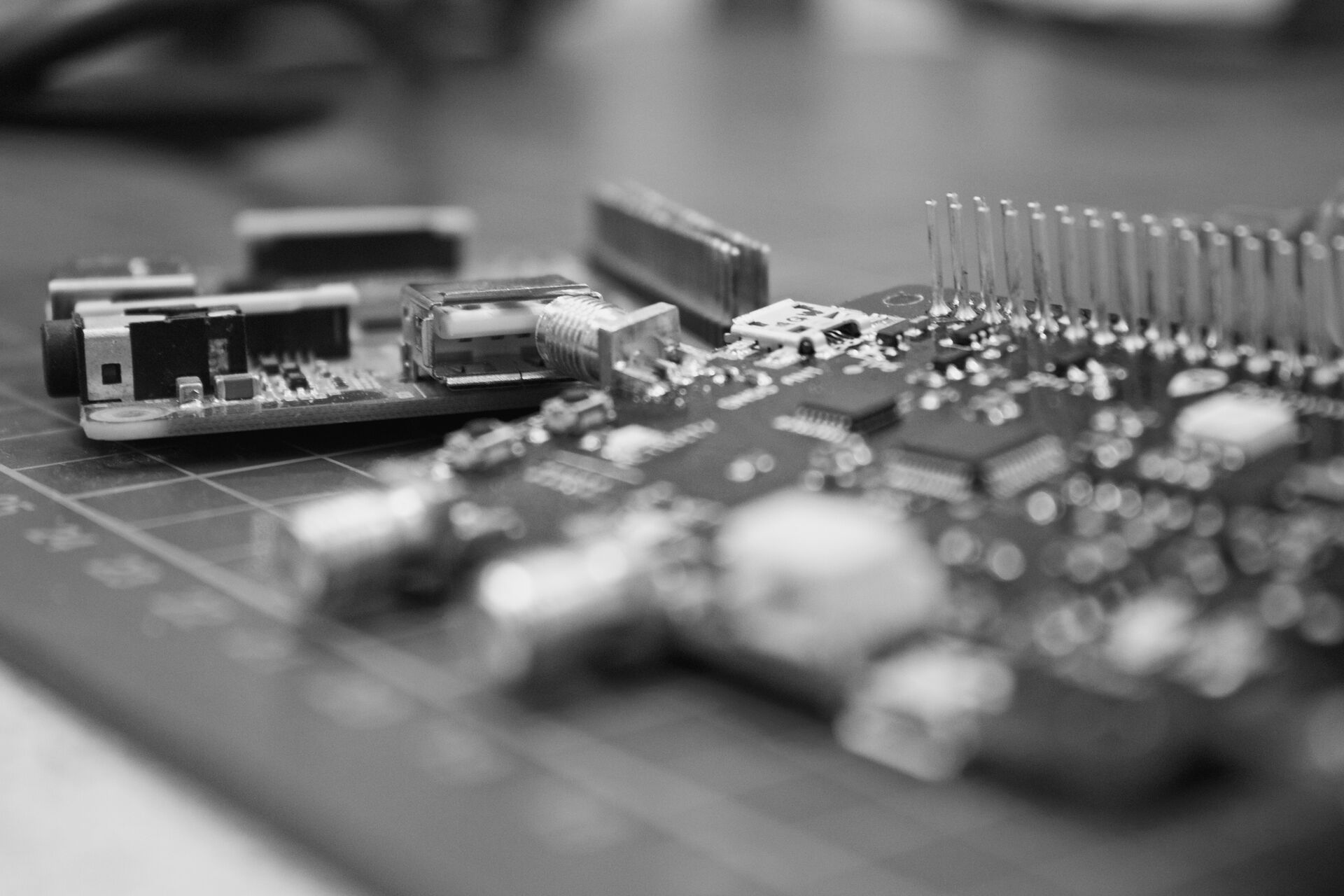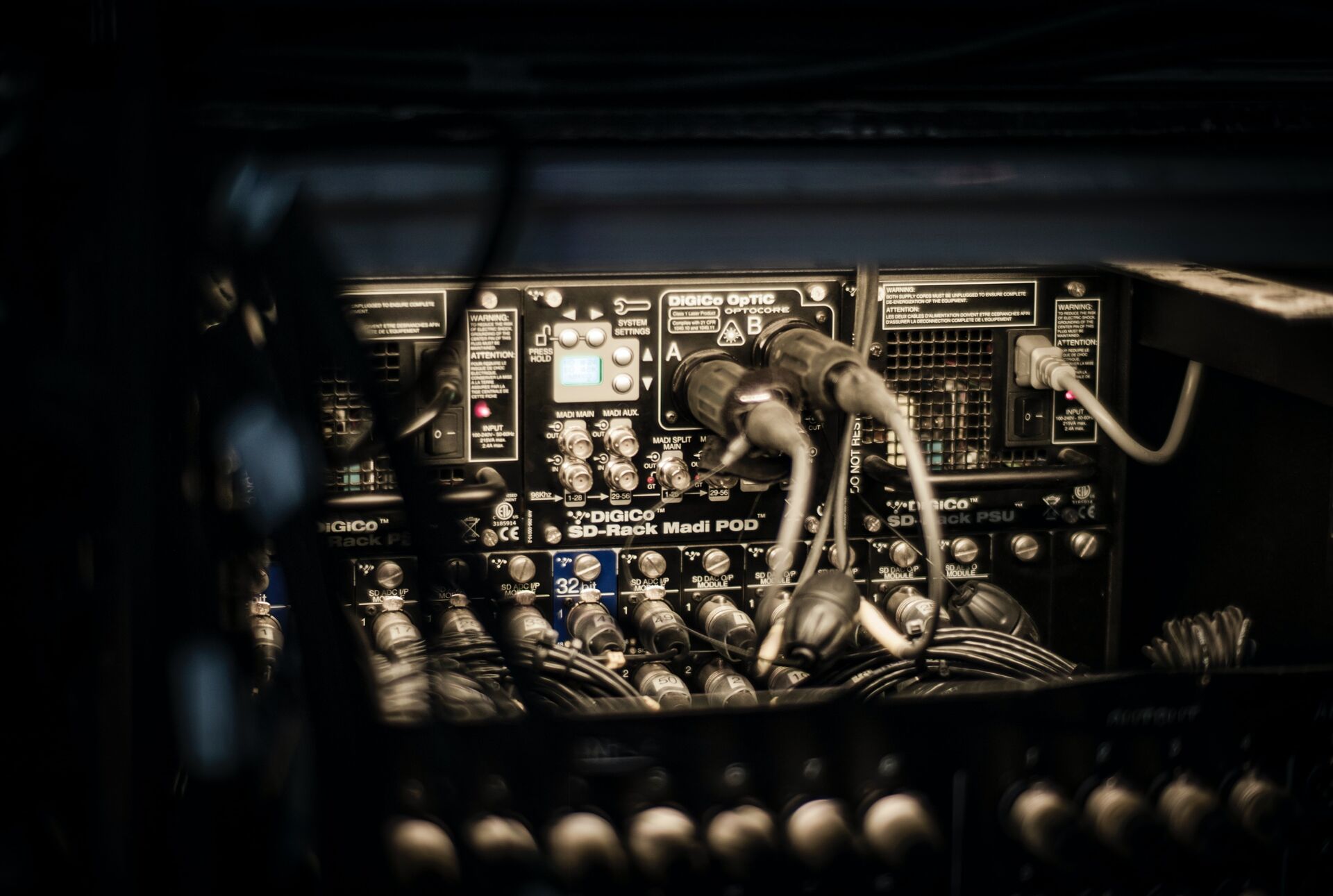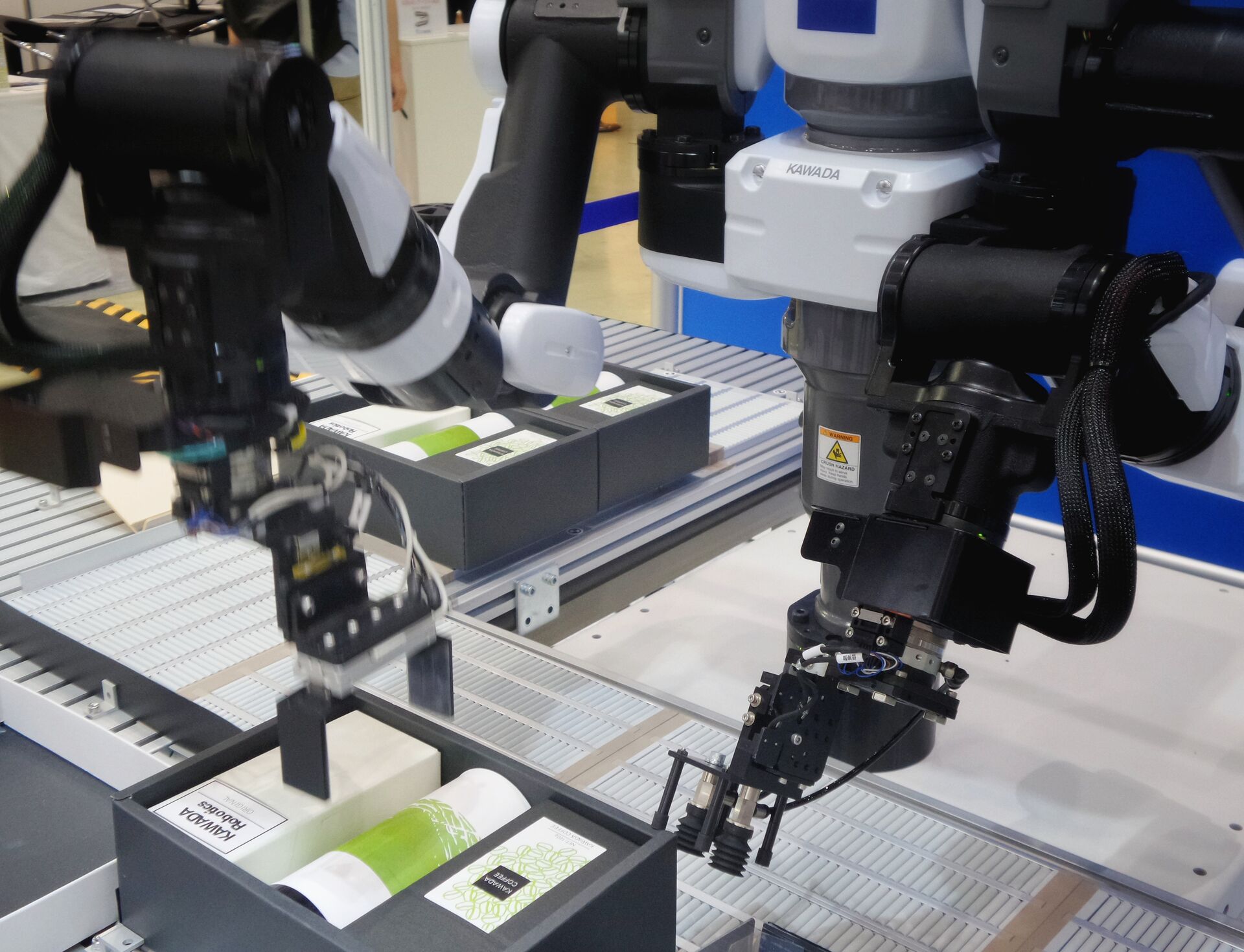Keeping progressing, Pursuing integrity, Embracing future
BLOG
Focus on AI Industry Research Center
Focus on 5g and AI industries and shout for science and technology! At present, the Internet of things (IOT) combines emerging technologies such as 5g and cloud computing. The Internet of things can improve operational efficiency, reduce costs, improve decision-making and enhance customer experience. It can become a key driving factor for the digital transformation of various industries. Listed below are the key technology trends affecting the Internet of things:
1、 The first technology trend is the lack of global Internet of things security standards. The increase in the number of connected devices significantly increases the potential points of network attacks and creates huge security vulnerabilities. The current Internet of things ecosystem lacks sufficient security regulations to address this gap. Internet of things security includes a series of threat media, which can be device-based, application-based, network-based or data-based. The main focus of Internet of things technology is endpoint security, which refers to protecting connected devices, from refrigerators to manufacturing tools. The world needs a unified global Internet of things security standard to make the ubiquitous Internet of things a reality.
The second is the lack of global Internet of things communication standards. At present, a large number of Internet of things communication protocols (technologies used to connect Internet of things devices to the Internet) are used all over the world. A large number of communication protocols may lead to interoperability problems between and within the Internet of things ecosystem. At present, there is no global Internet of things communication standard, which makes large-scale Internet of things deployment more complex than needed. A unified Internet of things communication standard is needed to give full play to the potential of the Internet of things.
The third is 5g technology. Internet of things use cases that require low latency, such as wearable technologies in the fields of connected cars, predictive maintenance and healthcare, will benefit the most from 5g. 5g ultra reliable, low delay communication (urllc) capacity and support for TSN (time sensitive network) are very important for the adoption of the Internet of things.
Fourth, health technology. The healthcare industry has long resisted the digital revolution and lagged far behind other industries. The popularity of covid-19 has led to the rapid adoption of medical Internet of things technologies such as remote patient monitoring and medical robots, which has opened up huge digital opportunities for Internet of things solution providers.
Fifth, the Internet of things (aiot) technology. Artificial intelligence (AI) technology is usually used to interpret and respond to some human to machine and machine to machine data streams in real time. The integration of AI and IOT technologies gave birth to the concept of aiot, that is, AI technology is embedded in IOT components. Combining the data collected by connected sensors and actuators with AI can reduce latency, increase privacy and real-time intelligence at the edge. This also means that less data needs to be sent and stored on the ECS.
Sixth, intelligent edge computing. With the development of Internet of things technology, sensors will be everywhere, which will lead to a significant increase in the amount of data collected. However, the processing capacity of most IOT devices is limited, so data processing is carried out in the cloud, and the data center is usually far away from the IOT devices that generate sensor data. As the IOT ecosystem becomes more complex to reduce latency and achieve near autonomous decision-making in response to sensor signals from IOT devices, some data analysis functions are moving to the edge of the network and closer to the data generation source. This is especially important for time critical use cases, such as health monitoring devices or autopilot cars. In these use cases, instant reactions can save lives.
Seventh, the Internet of things as a service (iotaas). Iotaas vendors provide a variety of platforms to help organizations deploy IOT without in-house expertise. This technology is designed to enable enterprises to easily deploy and manage their connected devices. It has become an accelerator for the adoption of enterprise Internet of things, especially in predictive maintenance, advanced automation and condition monitoring. As the world recovers from covid-19, iotaas revenue may increase significantly.
Eight is digital twin. Digital twins can help optimize the deployment of the Internet of things to achieve maximum efficiency, and help Internet of things adopters determine the development direction or operation mode of things before actual deployment. Digital twins are software representations of physical assets and processes that allow organizations to perform "what if" simulations. These simulations can be used to proactively identify and avoid problems, help prevent downtime, and accelerate new product development.
Ninth, wearable devices. COVID-19 has promoted changes in consumer behavior, including home work, increased consumption of digital media and the popularity of virtual fitness exercises, which are promoting the adoption of wearable devices and the adoption of consumer Internet of things. With advances in biometric sensor technology, wearable technology providers are integrating a range of health and fitness monitoring options into their devices.
Ten is the next generation chip. The focus of chip design has shifted from the competition to place more transistors on a 1 mm2 silicon wafer to building a microprocessor into a system composed of multiple components, each of which performs a special task. As more and more sensors and microcontrollers are integrated into connected devices, the semiconductor industry is under increasing pressure to develop smaller, cheaper and faster chips. The underlying semiconductor technology embedded in Internet of things devices needs to be cheaper, more compact and lower power consumption in order to popularize the Internet of things.
Eleven is software defined network (SDN). SDN is a new data network architecture, which allows software rather than hardware to control the network path of packet flow. It is still under development, but may eventually replace Internet Protocol (IP) network (a hardware standard) as the main standard for managing Internet transmission mechanism. SDN will have a significant impact on the IOT ecosystem because it fundamentally changes who controls the data center. SDN started slowly, mainly because of network security problems. SDN's open hardware standard threatens the commercialization of network and data center hardware, which is still mainly based on proprietary systems, making it easier for Internet companies to program data networks.
2、 Macroeconomic trends
A new wave of digital transformation in the world in the post epidemic era is expected to promote the growth of the animal networking market. Therefore, it is suggested that companies and organizations that adopt the Internet of things as soon as possible are more likely to recover quickly from the impact of the epidemic. The novel coronavirus pneumonia is the major macroeconomic trend affecting the Internet of things. The covid-19 pandemic forced enterprises to increase investment in technology. Internet of things technology is especially helpful for tasks that require social distance, remote work or contact tracking. In the post epidemic world, many organizations regard digitization as their top priority and the Internet of things as one of the driving factors. Remote asset access and business process automation will become prominent features of offices and factories in the future. In 2021, telemedicine, smart office, remote asset monitoring and location tracking services will drive the demand for new Internet of things applications.
Second, China and the United States are important factors affecting the development of the Internet of things. China and the United States have been caught up in a battle for technological hegemony for 5G, AI, quantum computing, autopilot and other next generation technologies. The subsequent trade war resulted in tariffs or bans on the import and export of various commodities. It also affects the technology transfer from semiconductors to industrial robots and machinery, computer storage devices, electronic components, imaging systems and network devices. The Internet of things ecosystem of China and the United States, which once supported the global supply chain, is decoupling. From the perspective of supply chain, the trade war is affecting many IOT technology leaders, including Amazon, apple, Cisco, Dell, Google, HPE, Huawei, Hikvision, IBM, Inspur, Intel, Microsoft and ZTE.
Third, listing activities. From January 1, 2018 to December 31, 2020, measured by IPO funds, the Internet of things is the fifth theme to promote initial public offerings (IPOs) in the technology, media and Telecommunications (TMT) industry. The first four are e-commerce, mobile, financial technology and cloud. During this period, there were 35 IPOs driven by the Internet of things, accounting for 5% of the total global IPO revenue. China presided over 28 of these transactions and the United States presided over 6.
Fourth, M & A activities. Measured by transaction value, the Internet of things is the seventh theme to promote TMT industry M & A activities in 2020. The first six theme drivers are connectivity, big data, cloud, financial technology, digital media and games.
Fifth, sustainability. Internet of things solutions can solve a series of sustainability goals, but the manufacturing of connected devices will have its own environmental problems. First, it will produce a lot of e-waste. Many technology suppliers, including apple, HPE and Samsung Electronics, are launching Green plans for sustainable e-waste management, but more and more people are calling on regulators to improve the transparency of environmental audit in order to reduce the degree of "green drift". The Internet of things is a key technical point for the development of smart cities. By using this technology to collect urban data and improve performance and management, urban destinations can quickly improve performance related to sustainability.
3、 Regulatory trends
The existing decentralized security regulations are the main obstacle to the adoption of Internet of things technology. People are generally worried about data privacy and malicious attacks that may damage the key operations of enterprises. The main regulatory trends affecting the theme of the Internet of things (IOT) are listed below: on the one hand, the current situation of IOT regulation. The rapid growth of the Internet of things market has caused some security problems. These problems usually revolve around the lack of supervision and the lack of general Internet of things standards. The legislation covering the security of the Internet of things is still a patchwork of laws. With the growth of Internet of things deployment, the government began to pay attention to this problem, and new governance measures have attracted more and more attention. In May 2020, the National Institute of standards and Technology (NIST) released the basic network security activity guide for Internet of things equipment manufacturers. Similarly, the European Telecommunications Standards Institute (ETSI) has issued a technical specification guide for network security in the field of consumer Internet of things, which outlines the leading security practices of consumer Internet of things devices. One of the most important government initiatives is the US Internet of things Network Security Improvement Act signed in December 2020. Until regulators coordinate their efforts to reach agreement on international Internet of things security standards, the Internet of things ecosystem will continue to expose many enterprises to unacceptable security risk levels.
On the other hand, concerns about data privacy. In addition to network security risks, the Internet of things ecosystem has also raised concerns about data privacy among consumers and employees. A typical example is the data leakage suffered by ring in 2019. Hackers invaded ring's home security camera, digitally invaded the family, harassed children and even demanded ransom. A 2020 survey by the world economic forum identified security, privacy and trust as the greatest risks faced by consumers using Internet of things devices. The survey also highlighted the lack of consumer awareness of the data collected by IOT devices, which is a persistent problem in the whole IOT value chain. In addition to formulating general Internet of things security standards, regulators must also solve the widespread data privacy problems in the field of consumer Internet of things.
Original title: future development trend of Internet of things technology
Inquiry
LATEST BLOGS
INQUIRY
RELATED PRODUCTS
 UVA wiring harnesses are used everywhere in the communityA Choice of Lamps for the QUV Accelerated Weathering Tester Your exposure application determines which type of UV lamps should be used. All of the QUV ® accelerated weathering tester's lamps emit mainly ultraviolet rather than visible or infrared light.
UVA wiring harnesses are used everywhere in the communityA Choice of Lamps for the QUV Accelerated Weathering Tester Your exposure application determines which type of UV lamps should be used. All of the QUV ® accelerated weathering tester's lamps emit mainly ultraviolet rather than visible or infrared light. launch of an ambient light sensor tsl2585 using proprietary UV-A light detection technologyRecently, Ames OSRAM announced the launch of an ambient light sensor tsl2585 using proprietary UV-A light detection technology, which can detect the UV-A radiation in natural light and is suitable for space limited wearable applications and other mobile a
launch of an ambient light sensor tsl2585 using proprietary UV-A light detection technologyRecently, Ames OSRAM announced the launch of an ambient light sensor tsl2585 using proprietary UV-A light detection technology, which can detect the UV-A radiation in natural light and is suitable for space limited wearable applications and other mobile a IOT antenna in Urbanization coverage in China will exceed 2 billionThe number of Internet of things connections in China will exceed 2 billion by the end of 2023! Major cities have initially built new infrastructure for the Internet of things!
IOT antenna in Urbanization coverage in China will exceed 2 billionThe number of Internet of things connections in China will exceed 2 billion by the end of 2023! Major cities have initially built new infrastructure for the Internet of things!




